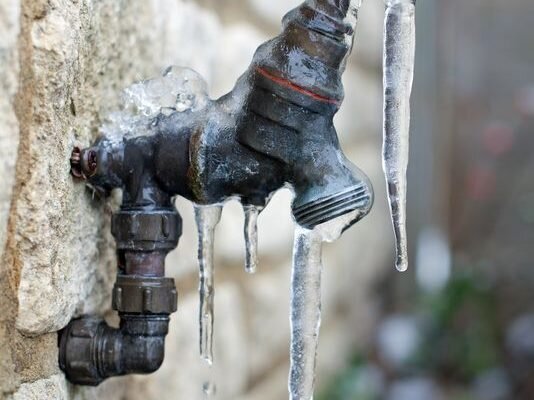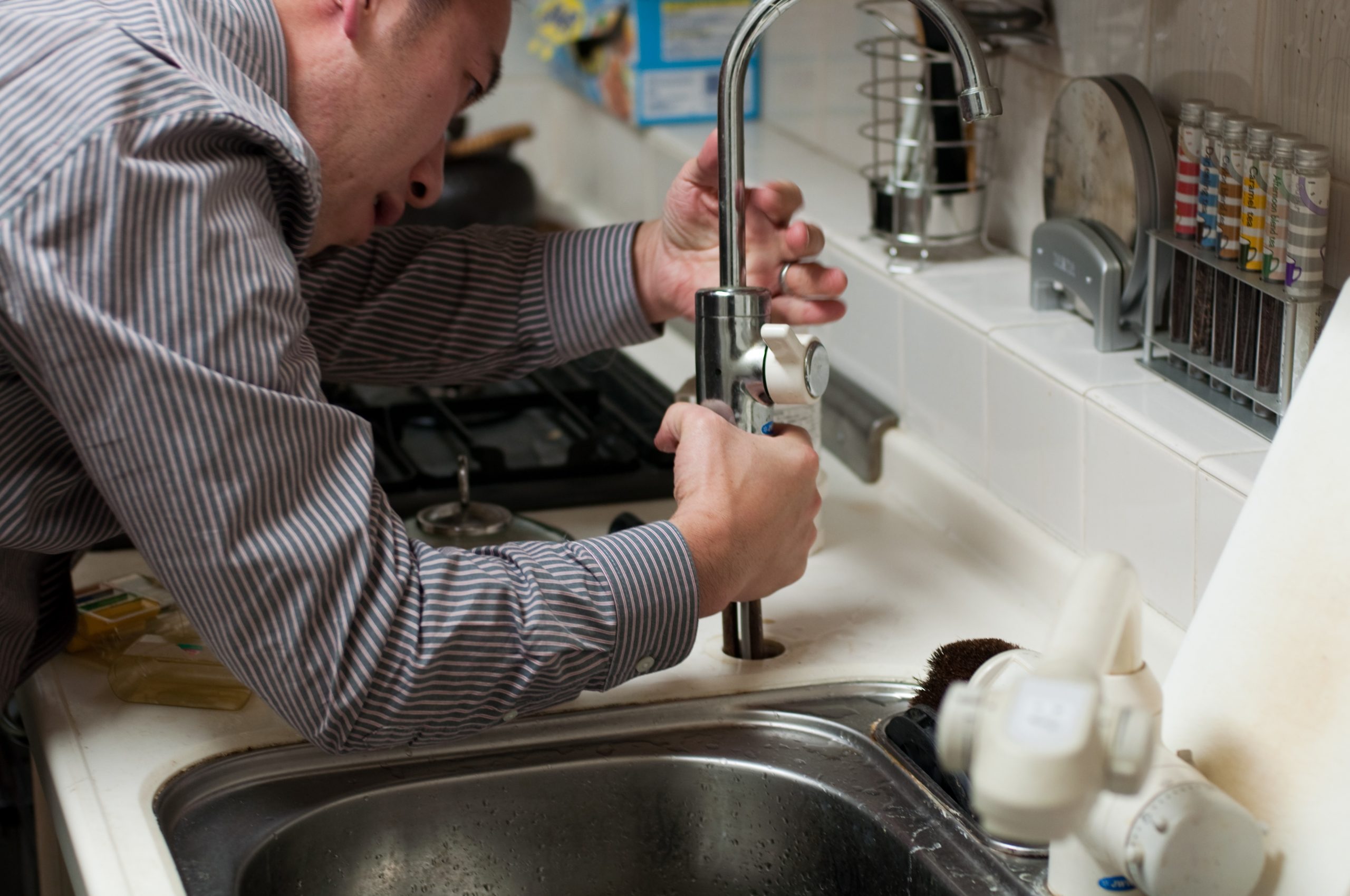This article down below pertaining to Winterizing Your Pipes is unquestionably insightful. You should give it a look.

All house owners who reside in pleasant climates must do their ideal to winterize their pipes. It is something you have to do during fall before deep wintertime truly begins. Failing to do so can spell catastrophe like icy, cracked, or burst pipelines. Below are some useful winterizing hacks to maintain your plumbing system shielded even if the weather condition exterior is frightful.
Switch on the Faucets
When the temperature drops and also it appears as if the freezing temperature will last, it will certainly aid to transform on your water both inside your home and also outdoors. This will certainly keep the water flowing with your plumbing systems. You'll finish up wasting gallons of water this way.
Open Cupboard Doors Hiding Plumbing
It would certainly be handy to open up cupboard doors that are masking your pipelines when it's cold outside. As an example, they could be someplace in your kitchen or bathroom. This will certainly allow the cozy air from your heater to circulate there. Therefore, you stop these revealed pipelines from cold. Doing this small method can maintain your pipelines warm as well as limit the potentially dangerous outcomes of freezing temperatures.
Take Some Time to Cover Exposed Pipeline
One easy as well as nifty hack to heat up freezing pipes is to cover them with warm towels. You can likewise utilize pre-soaked towels in hot water, just don't fail to remember to use safety handwear covers to protect your hands from the heat.
Attempt a Hair Clothes Dryer or Warm Gun
When your pipelines are practically freezing, your dependable hair clothes dryer or warm weapon is a blessing. If the warm towels do not assist dislodge any resolving ice in your pipelines, bowling hot air straight right into them may assist. You may finish up destructive your pipes while attempting to melt the ice.
When Pipelines are Frozen, close Off Water
Switch off the major water valve promptly if you observe that your pipelines are entirely frozen or virtually nearing that stage. You will normally discover this in your cellar or laundry room near the heating unit or the front wall surface closest to the street. Transform it off right now to prevent additional damage.
Don't neglect to close exterior water resources, also, such as your connection for the garden home. Doing this will protect against added water from filling out your plumbing system. Sadly, with more water, more ice will certainly accumulate, which will ultimately bring about burst pipelines. If you are uncertain regarding the state of your pipes this winter, it is best to call a professional plumber for an assessment. Taking this proactive strategy can conserve you hundreds of dollars in repairs.
All house owners who live in warm environments should do their best to winterize their pipelines. Failure to do so can spell calamity like frozen, fractured, or ruptured pipes. If the warm towels do not aid dislodge any settling ice in your pipelines, bowling hot air directly right into them may aid. Turn off the primary water valve quickly if you see that your pipelines are totally icy or virtually nearing that phase. With even more water, even more ice will stack up, which will eventually lead to rupture pipes.
PREVENT YOUR PIPES FROM FREEZING THIS WINTER
A Leading Cause of Property Damage
When the weather is taking a deep nose dive into the cold dreary days, the risk of your pipes freezing and potentially bursting skyrockets. Unfortunately, during these cold dreary months, burst pipes are the most common denominator for property damage. The pipes that are most at the risk are those that are in areas where it is most cold in your home. For instance, pipes located in interior places such as basements, attics, and your garage. Unfortunately, that doesn’t mean that the pipes running through your cabinets or exterior walls can’t freeze. Good news, however, is that you can do things to help prevent pipes from freezing.
How to Prevent Pipes From Freezing
Once the temperature starts to drop during the winter, you should be taking the proper measures needed to ensure that your pipes stay warm and that there is circulation of water through them. Some steps that experts may recommend could go against your better judgement when it comes to saving water and heat. However, it would go without saying that when expenses are compared, damaged pipes could put a bigger dent in your wallet than a water bill.
What Can I Do?
- Keep your garage door closed. This is very important, especially if you have water supply lines running through your garage.
- Open your kitchen and bathroom cabinets to allow warm air to circulate through them.
- Allow air circulation throughout your home. Keeping the interior doors open will once again allow the warm air to circulate inside your home.
- Ensure your thermostat is running the same temperature throughout the night and day.
- If you plan to be away from home during the cold months, set your temperature no lower than 55° F. This should provide enough heat to keep the pipes warm and prevent any remaining water inside the pipes from freezing.
- For more of a long-term solution, add insulation to attics, basement, and other crawl spaces around your home.
- By allowing your faucet to drip, it will alleviate pressure in the system. This is important because the pressure that is created between the blockage and the faucet can potentially cause the pipes to burst. Allowing the faucet to drip will prevent the pressure from building up, therefore keeping the pipes from bursting.
- Seal any cracks, openings, and crawl spaces around your home to prevent cold air from coming inside. This keeps your pipes-not to mention your home-warmer and less susceptible to issues caused by freezing temperatures.
- For the pipes in your home that are easily accessible, applying electrical tape to them might prevent them from freezing over. This is a quick fix, as you can apply the tape directly to the pipe. There are two options for heating tapes. One turns on and off by itself when it senses heat is needed. The other type of heating tape needs to be applied when heat is needed and removed when not necessary. If you have exposed pipes in your home, you can check this website to take a look at a few options that would be available at a shop near you.

I stumbled upon that blog entry about How to stop pipes from freezing during the winter while doing a search on the search engines. Do you know about someone else who is enthusiastic about Winterizing Your Pipes? Why not promote it. Thank you for your time. Visit us again soon.
Book Services
Comments on “5 Winter Hacks to Safeguard Your Pipes from Frigid Weather Bursts”